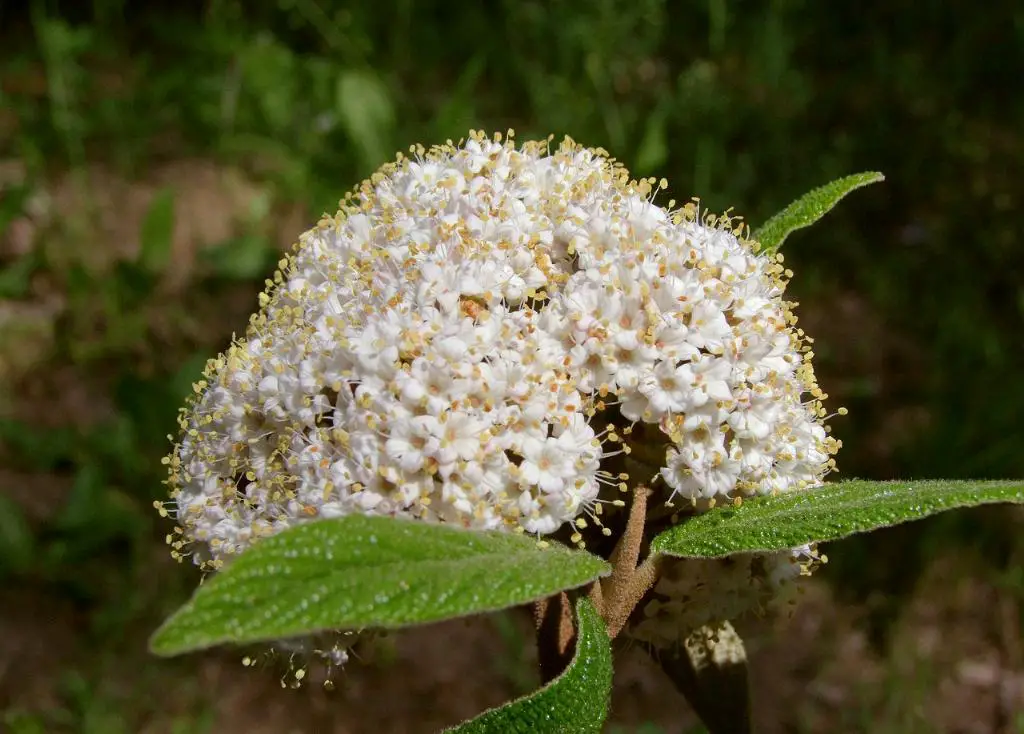Lantana plants are popular choices for gardens and landscapes due to their colorful and vibrant blooms. These plants are relatively easy to care for, making them a favorite among both experienced and novice gardeners. In this article, we will delve into the essential steps and tips for successfully caring for your lantana plant.
Overview of Lantana Plant Care
When it comes to caring for lantana plants, there are a few key factors to keep in mind. Lantanas thrive in full sun and prefer well-draining soil with a neutral to slightly acidic pH. These plants require regular watering to maintain moist soil and humidity. Additionally, lantanas grow best in temperatures above 55 degrees Fahrenheit and benefit from balanced fertilizer applications once a year.
Choosing the Right Location for Lantana Plants
Ensure you plant your lantana in a location that receives full sunlight. This is crucial for the plant to bloom abundantly. Lantanas are not fussy about soil type but do best in well-draining soil. Consider the climate in your area and aim to provide a warm environment for your lantana.
Watering and Fertilizing Lantana Plants
When it comes to watering your lantana, ensure the soil remains consistently moist but not waterlogged. Fertilize your lantana with a balanced fertilizer once a year, but if you have lantanas in containers, consider fertilizing them monthly to support healthy growth and blooming.
Pruning and Deadheading Lantana Plants
Regular pruning and deadheading are essential to keep your lantana plants looking neat and encourage more blooms. Remove spent flowers and trim back any leggy growth to promote a compact and bushy appearance.
Dealing with Pests and Diseases that Affect Lantana Plants
Lantanas are relatively resistant to pests and diseases, but occasionally they may encounter issues like aphids or spider mites. Keep an eye out for any signs of infestation and treat them promptly to prevent the spread to other plants.
Winter Protection and Overwintering Lantana Plants
While lantanas are generally hardy, they may need some winter protection in colder climates. Consider mulching around the base of the plant to protect the roots from freezing temperatures. In areas with severe winters, you may need to bring potted lantanas indoors for the winter.
Propagating Lantana Plants
If you wish to expand your lantana collection, you can easily propagate these plants from cuttings. Propagation is a rewarding way to grow new lantanas and share them with fellow gardening enthusiasts.

Conclusion and Final Tips for Successful Lantana Plant Care
In conclusion, caring for lantana plants can be a rewarding and enjoyable experience. By following the tips outlined in this article, you can ensure that your lantana thrives and produces an abundance of colorful blooms. Remember to provide ample sunlight, water, and occasional fertilization to keep your lantana healthy and vibrant.
